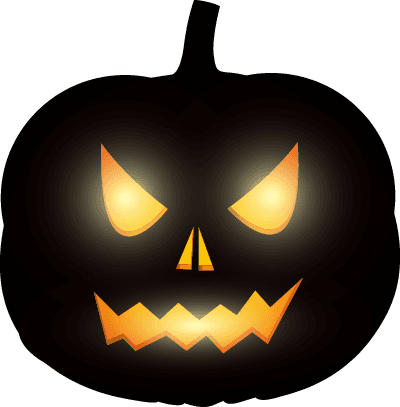

WHY DO WE PARTICIPATE IN HALLOWEEN?
BOO! Are you feeling eerie yet? Halloween is quickly approaching, a day packed with sweets, scary movies, and plenty of laughter.
Others assert that Halloween is an ancient pagan festival, while some view it as a harmless holiday.
however, what are the facts?
The origins of Halloween can be traced back to the ancient Celtic holiday of Samhain, during which people lit bonfires and donned costumes to ward off ghosts.
However, contrary to popular belief, October 31st is not an ancient pagan holiday associated with the supernatural.
We're here to provide you with all the information you need about Halloween, including some interesting facts about why we celebrate this spooky holiday.
a religious festival
In fact, Halloween dates back to the seventh century, which is far further back than you might believe!
According to tradition, Pope Boniface IV instituted All Saints' Day in the seventh century AD.
Others say it was constructed by Christians in the ninth century to honor their martyrs and saints.
In Medieval Britain, Halloween was celebrated on the eve of the Catholic holiday on the first of November, followed by the Feast of All Souls on the second of November.
Before Christianity grew more prominent in the western world, Halloween was historically known by its Celtic name (Samhain) and was a time to honor the ghosts of deceased relatives.
Samhain signified the conclusion of the harvest season and the beginning of the 'darker half' of the year, when it begins to become a little chilly!
The dinner table was arranged to greet the spirits of the deceased, and candles were lit as prayers were offered.
After this, the feasting, drinking, and games would commence, which more closely resembles the Halloween we know today.
we carved turnips rather than pumpkins.
Linking with Celtic history, the donning of masks and carving of turnips were originally meant to give a gruesome appearance and fend off evil spirits.
It is thought that when Irish immigrants migrated to the United States, the local pumpkin became associated with Halloween.
The turnips were hollowed out and frequently carved with "grotesque" faces, and we must confess that some of them are rather eerie!
halloween was not always related to ghosts
Were you aware? Actually, there is no written evidence that the 31st of October was associated with the supernatural in England prior to the nineteenth century.
The concept of supernatural forces is totally modern, and the 31st of October reflects modern worries and dreads.
a celebration of the deceased
In pre-Christian Ireland, the 1st of November marked the conclusion of the pastoral farming year, during which cattle was slaughtered at tribal meetings.
In the nineteenth century, anthropologist Sir James Frazer popularized the notion that Samhain is a Celtic feast of the dead.
It is essential to emphasize that Day of the Dead in Mexico and Halloween are distinct holidays, despite their shared ancestry!